What Does Liver Taste Like?
When you buy through our links, The Breslin may earn an affiliate commission. Learn more
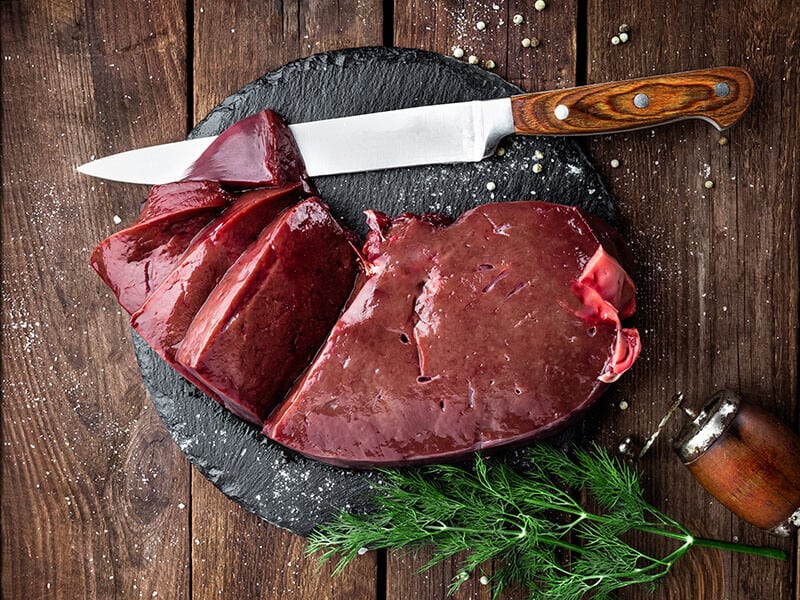
What does liver taste like? As the world continuously develops, leading to the invention of cutting-edge nutraceuticals, eating organ meats seems to be an outdated practice. However, organ meats have made a comeback in recent years, with liver as a typical example.
In the culinary world, the liver is favored by many people not only because of its nutritions, but also the flavorful taste it can offer. As an American citizen, I guess you might not be familiar with this cooking ingredient. But don’t worry. Let’s jump into this post for more information.
Liver – Forbidden Super Food Of The World
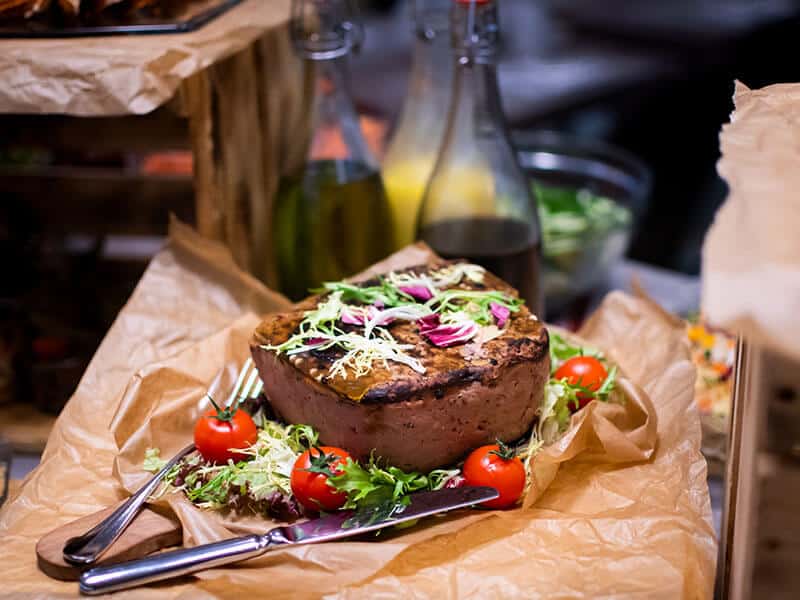
Before getting to know about the flavor of liver, make sure you know some basic knowledge about it first. In this section, I will tell you the necessary information on the liver and its uses in cooking.
1. What You Need To Know About Liver
Million years ago, eating animal organs, including liver, existed. Today, many people consider consuming organ meats as outdated and disgusting. They are even considered “poor man’s food.”
However, did you know that, in times of scarcity, it is a privilege that only tribal chieftains, elders, and pregnant women can have? (1) And liver, one of the most delicious and nutritious organ meats, has been almost forbidden in the last few decades too.
But now, with the rise of “nose to tail” cooking styles, liver is attracting more attention from chefs worldwide. And when it comes to the most popular liver used in the world cuisine, mammal and fowl livers such as cow, pig, and chicken should be mentioned.
As becoming many people’s favorite today, these livers now are not as “scarce” as they used to be. They began to be sold in many supermarkets, next to fresh and scrumptious fillets. Not only that, there are even some liver and organ specialized stalls around the world.
2. Liver Is Cemented With Many Countries’ Cuisine
From ancient times, liver has been considered a delicious food. During China’s Han era, liver was even listed as one of the Eight Delicacies (excerpted from Li-Chi, a handbook of rituals).
The most common treat for liver everyone knows nowadays is pate. And every country has its own liver pate recipes. Nevertheless, liver is much more than just a pate. You can boil it, grill it, fry, and stir-fry it too.
If you are a Scottish cuisine lover, I’m sure you will know Haggis – a crumbly sausage made from sheep’s hearts, livers, and lungs. And French foie gras – a specialty food derived from duck or goose liver, is also verified as a cultural and gastronomic heritage of this country.
Moreover, Asian countries also have a ton of recipes containing liver. For instance, Vietnamese combine pork liver and other organ meats with rice to create a kind of congee, called “chao long.” This congee is often served as a breakfast or late dinner dish.
Not over yet, in Lebanese cuisine, liver is also eaten raw, which is known as “sawda naye” – a kind of liver sashimi. How about America? Well, that is liver and onions. This delicacy is found throughout the country as a “classic” menu item that many diners love.
The True Answers: What Does Liver Taste Like?
Cooking liver is very diversified. You may get beef liver, duck liver, goose liver, chicken liver, pork liver, and even fish liver. Nevertheless, some of them will be less common. In this section, I will only introduce you to some flavor profiles of the most popular ones.
1. Beef Liver/Calf Liver
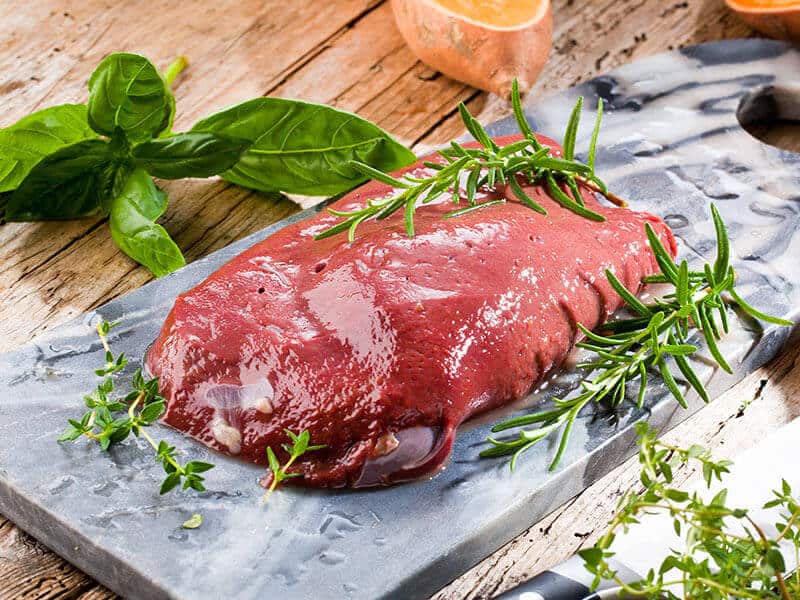
Beef liver is the most popular one sold in America since beef is the main source of meat here.
When beef liver is not cooked, it has a jelly-like texture with a dark red color, and is almost fat-free. On the other hand, cooked liver is very tender and creamy. However, once you overcook this liver, the texture will become dry and chewy.
Raw beef liver has an intense iron-like taste, while cooked one is beefy and naturally earthy.
The earthy flavor will become stronger once overcooked. You may also end up with a slightly bitter, metallic taste since the mineral concentration-to-protein in beef liver increases.
You may have heard about calf liver, right? They are the same. The only difference is beef liver is taken from a mature cow, whereas calf liver originates from the young cow. It is said that calf liver is milder with a sweet undertone and smoother, softer in texture.
2. Pork Liver
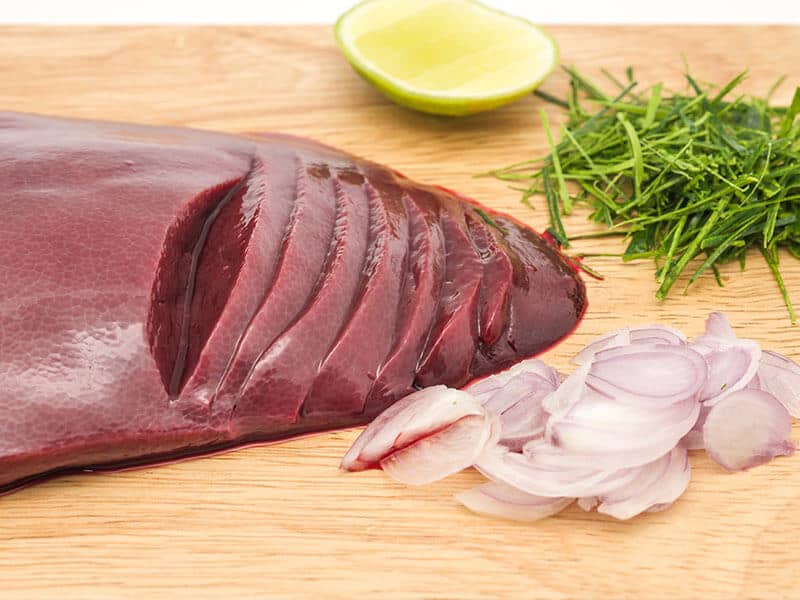
Pork liver is not as easy to find as beef liver, but it’s not nearly as scarce either. It has a quite similar texture as beef liver, which is smooth once raw and creamy when cooked properly. Nonetheless, there are still some differences.
Compared to the beef one, pork liver holds a high-fat content (about 10 times more), resulting in a softer texture. Therefore, when cooking, you need to be more careful, or you may end up with mushy fatty lumps.
The color of pork liver ranges from light reddish-brown to very dark brown. But in general, from the outside look, the color of pork liver is often lighter compared to beef liver.
Many people say that pork liver is stronger than beef liver (and almost the strongest one) with a gamey and earthy flavor because of the high levels of amino acids such as glycine and glutamic. Yes, but beef liver doesn’t have the sweet aftertaste like the pork one.
3. Chicken Liver
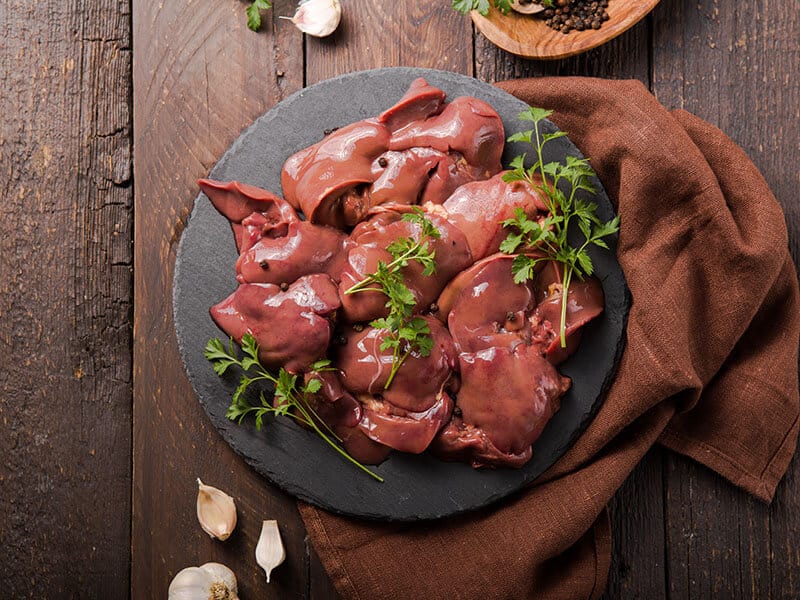
If you are looking for the most tender liver, chicken liver should be your best choice. This liver is creamy and so soft. It has no chewy texture, a trail that you may find in both beef and pork liver.
Also, it is more yellow-brown with a rosy color inside when cooked decently.
In terms of flavor, chicken liver is usually compared with French foie gras as it gives off a rich and iron-like taste. But don’t worry. The taste of chicken is lighter and much more acceptable. Due to its exquisite flavor, chicken liver is highly prized as the calf one.
I heard many people say that chicken liver tastes really similar to pate. And I think maybe because this liver usually dominates the liver pate market, people will be more likely to think about pate when they enjoy it.
4. Duck Liver
Although duck liver seems not too common in America, it is a favored staple in many cuisines. As I mentioned above, it is used to make foie gras – the French famous food that is sought-after by many gourmets around the world.
Duck liver is larger in size but has the same texture as chicken liver. They are both soft but solid enough to not be broken during the long cooking process. And their color is really similar as well: red color when raw and yellow-brown when cooked.
If you prefer a stronger and earthier flavor, I recommend that you should go for duck liver. In addition, this liver also has more fat content, so you can expect a more buttery taste too.
5. Goose Flavor
Goose liver sometimes is refused with duck liver as they have an alike appearance. In the raw form, you will only be able to distinguish them when both are displayed next to each other because goose liver tends to be bigger in size.
Cooked goose liver has a light pink color instead of yellow-brown color as the duck one. And in terms of texture, goose liver is creamier, silkier, and smoother than duck liver. It will almost melt in your mouth if it is cooked properly.
The flavor of goose liver is rich, sophisticated but much more subtle compared to duck liver. If you are used to eating duck liver, you will find it more bland, less flavorful. Goose liver, on the other hand, is more suitable for those who adore a dedicated taste.
6. Lamb Liver
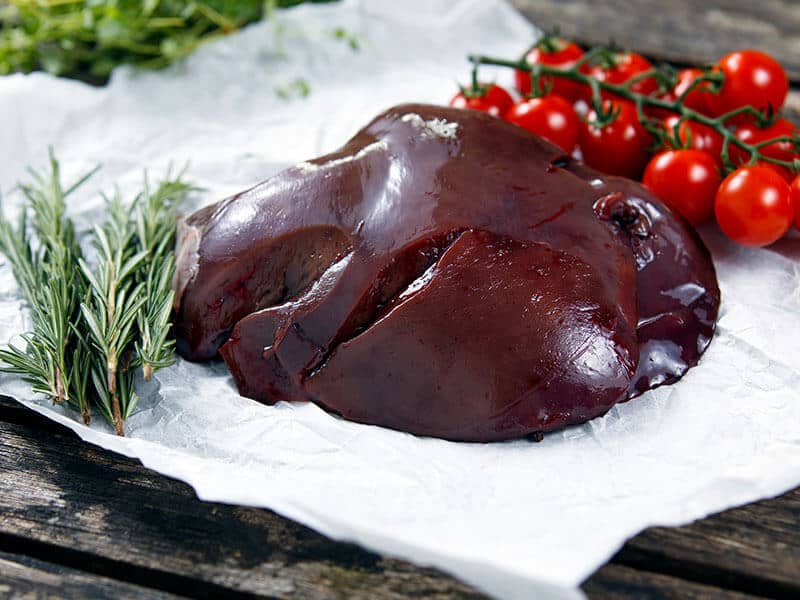
In texture, lamb liver is much more tender than beef liver (and even pork liver too). And when you put beef liver and lamb liver side by side, you will also find lamb liver is silkier and has a little lighter color. The consistency is very similar to calf liver.
Lamb liver is also more valued when it comes to flavor. By offering a more subtle and pleasant taste compared to beef and pork liver. It can help you to create flavorful dishes without overpowering you.
The flavor is just like calf liver but is more balanced and is not as sweet as the calf one.
7. Deer Liver
Deer liver is just similar to some other kinds of liver, but there are still some distinctive trails. In Particular, deer liver has a smooth consistency like beef liver. However, it is denser and super blood saturated even when you have drained it for a few hours.
The color is very dark in color, almost darker than beef liver.
Deer liver has a typical metallic flavor due to its high iron content. Some people say that it tastes like calf liver but a bit more intense. In case you enjoy calf liver, you may like deer liver as well.
Are you curious about the taste of raw liver? You can see this video to know more:
Yes, Livers Are Good For Your Health!
There are many health concerns rising since the liver is the part of the animal body that handles the toxins. Yes, it is true. But if you buy organic grass-fed beef, pork, or chicken liver, all concerns can be solved. Not only that, but you also can benefit from them.
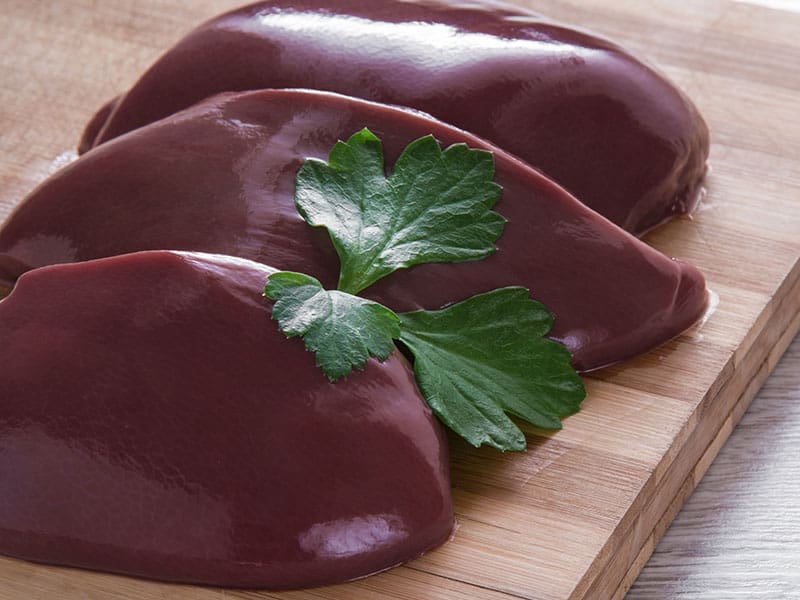
1. Liver Is Loaded With Nutrients
Depending on each kind of liver, you will get different kinds of nutrients. But one thing you can be sure of is they are loaded with lots of nutrients. For instance, in 100-gram beef liver, you can get a high level of iron, protein, copper, and vitamins (A, B2, B9, B12, K, etc.) (2)
2. It Is Not High In Calories
It is a fact that the liver is lower in calories than other kinds of meat. More specifically, 100 grams of beef liver only contains about 135 kcal, while ground beef can provide up to 247 kcal at the same portion. (2), (3)
High in nutrients but low in calories – Liver is really an ideal option for your diet, right?
3. Reduce The Risk Of Anemia
Since the heavy workload causes stress and anorexia, it can lead to anemia, too (4). Eating liver is a good way to improve iron deficiency (5). The combination of iron and vitamin B12 in the liver can keep your blood cells working well.
Hence, it is recommended to supplement liver in your monthly diet to reduce the risk of anemia.
4. Help To Improve Your Bone Health
Vitamin K is known as one of the essential components that makes up a healthy bone.
Thanks to the richness in vitamin K, the liver can significantly help to improve your bone health. By participating in bone contribution, it helps you to get rid of chronic conditions like osteoporosis. Besides, you can expect a healthy circulatory system too. (6)
Let’s discover more nutritious values beef liver can offer you!
Storing Tips: Is It Possible To Store Livers?
Every kind of food needs to be stored properly to keep the best quality. Liver is no exception. Like other food, your health may be affected if you eat a bad or spoiled liver. Look at the section below to get more useful storing tips.
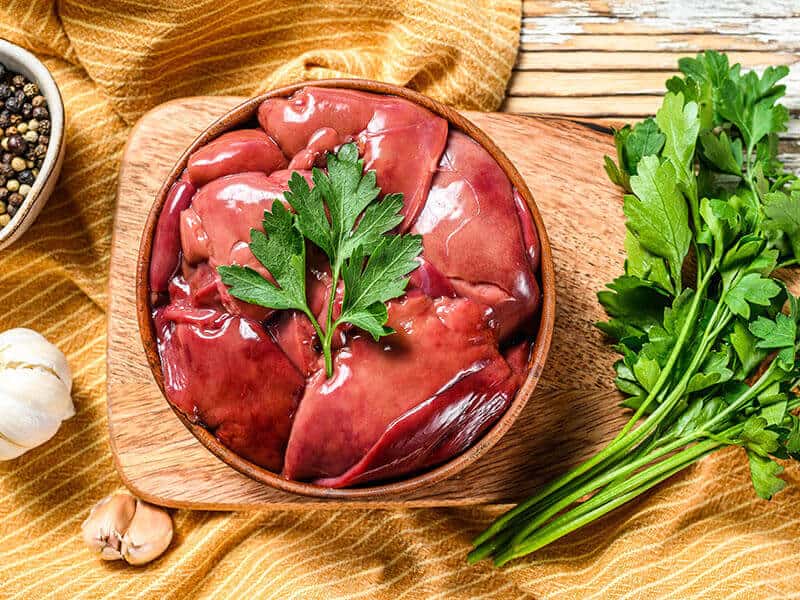
1. It’s Not Recommended To Store Cooked Liver
Liver is a delicate meat. Excluding pate or some special dishes made from liver, most cooked livers cannot stay the same quality after being stored in the fridge. In other words, cooked livers that have been stored and reheated will taste less flavorful or even worse.
For that reason, try to consume all of the livers you have cooked. Or you shouldn’t cook too much if you are the only one in your home enjoying this kind of meat.
2. Go For The Fridge Option In Short-Storing Days
In case you only need to keep liver within 2 days maximum, the best pick should be your fridge. Before the liver is put into your fridge, remember to wash it with water first. Then, place it on a paper towel to dry it.
And to avoid cross-contamination or other possible intoxication, add it to a high-quality airtight container. If you use plastic best, don’t forget to squeeze all the air out before sealing.
Note: Store your liver in the coldest place of your fridge.
3. Freezing Liver Is Never A Wrong Choice
Like the fillets, fresh livers of beef, pork, chicken, and other animals can also be frozen. You can handle the livers the same way as you do when you store them in the fridge. The only difference is you will store them in the freezer instead of the fridge.
Store it in a single by single portion for easier defrosting because re-freezing fresh livers is not a good idea.
Note: You are better using the livers around 3-6 months since they are frozen.
4 Useful Tricks To Make Livers Taste Good
Liver is a controversial food. Some people really like it, but some hate it. My family is just an example. I love to enjoy the liver as a nutritious dish while my sister isn’t interested in this delicacy. But you know what? Sometimes she is still willing to enjoy the liver I cook.
Want to know the reason? Discover these useful cooking tricks below right now!
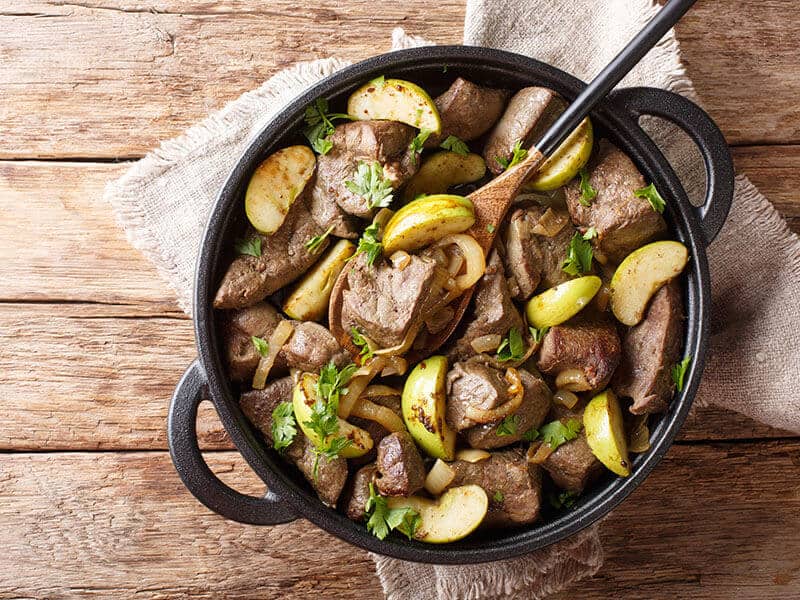
1. Start With Lamb Or Calf Liver First
I guess many of you are new to this kind of meat. In case you are afraid of the liver’s strong taste, let’s start with lamb or calf liver first rather than beef or pork livers. Lamb and calf livers have a much milder taste compared to the latter.
All kinds of liver are filled with nutrition. You can be sure that you won’t miss out on anything just because you choose the milder flavor ones.
2. Soak Livers In Acidic Water Or Milk
It is a well-known tip that soaking livers in acidic water such as lemon juice or vinegar can help to remove the unpleasant metallic or “iron” taste out of livers. To do this, place the liver into a container that is barely covered with water.
Next, add the lemon juice of a lemon (or 1-2 tablespoons of vinegar) inside. After some hours of soaking, cook it right away. Moreover, you can use milk to substitute with lemon juice too.
3. Overcooking Damages The Liver’s Juiciness
The recommended doneness for livers is medium-rare. This means you should cook your liver until it has a tender and creamy texture. A good indication is it should have a very light rosy color on the inside when cut.
Carefully adjust the heat, or you will end up with a dry, chewy, and rubber-like texture.
Note: You can cook livers rare. Nonetheless, it is not recommended for children, pregnant women, and the elderly.
4. Cook Liver With Lots Of Flavorful Ingredients
Do you still be bothered by the taste even after soaking the livers into the lemon juice? Then cook it with flavorful ingredients. You can cook it with more extra cooking fats or oils such as unflavored coconut oil, lard, or tallow.
On the other hand, bacon, chilies, and other fragrant herbs such as thyme, basil, or sage should be prioritized as well.
Discover more tips to make liver taste better!
4 Delicious Recipes With Livers That You Will Love
There are more recipes with liver than you ever thought. I will put four of my most favorite treats below. They are really easy to prepare, and of course, really delicious too!
1. Liver Pate
Pate is one of the most classic treats. And you know, classic treats are never outdated. No matter what liver you use, I guarantee that you will never be disappointed. You don’t even need to worry about overcooking. Remember: Liver pate and bread is the best companion.
You know what? This liver pate is just so easy to make!
2. Liver And Onions
I bet that you will usually see this option in the menu of many restaurants where livers are available. The sweet and aromatic flavor and smell of onion can sweep away the unpleasant metallic feeling you are afraid of. Give this recipe a try. It’s worth all of your efforts.
3. Liver Salad
Liver salad? Yes, why not? Liver salad is a flexible treat. You can use some of your favorite vegetables, ham, bacon, or even sausage and mix with the liver you have. This dish is a good start for a family reunion meal. Don’t believe me? Well, try this recipe now.
4. Liver Stroganoff
Liver stroganoff is inspired by beef stroganoff, a Russian dish that includes sauteed beef with a sour cream-based sauce. Instead of beef fillets, liver was replaced. And this liver stroganoff version is not a failed improvement.
Note: The traditional pair of liver stroganoff is noodles. Moreover, steaming rice is a should-try side dish too.
FAQs
Don’t hurry to click on the back button. Let’s scroll down to look for the answers to some remaining questions about this cooking ingredient. I’m sure you may find some valuable tips here too.
Liver Flavor Is Incredibly Good Once Cooked Properly
As the cuisine world is continuously changing, Americans are used to being served scrumptious fillets and don’t pay too much attention to livers (and other organ meats). They are pre-conditioned to think that livers are an “unhealthy poor man’s food.”
Accordingly, bad stereotypes rise on livers’ flavor too. But the livers’ taste is not as bad as you thought. If cooked properly, not only can livers be very delicious, but it also is good for your health.
If you are planning to try this kind of organ meat, don’t hesitate. Choose suitable recipes. This is important to get the best taste. And don’t forget to share your experiences with me here. I would love to read all of your stories!
References
- Thomas Wrona. Organ Meats: Beginners’ Guide to Ancient Superfoods – Dr. Robert Kiltz..
- Beef, variety meats and by-products, liver, raw – FoodData Central Search Results..
- Ground beef, raw – FoodData Central Search Results..
- Micah Abraham. Anemia may be linked to Anxiety. Calmclinic.com..
- Kathy W. Warwick. Anemia: Best Diet Plan – Healthline..
- Liver: Is It Good for You – WebMD.

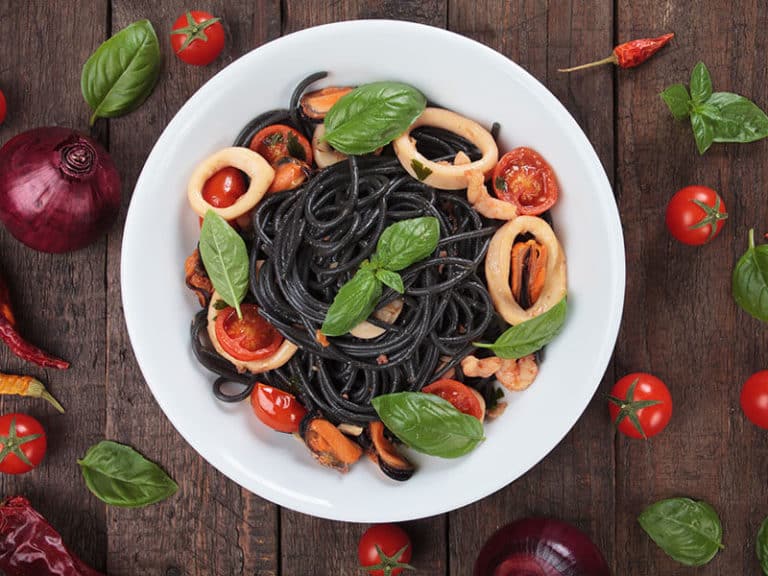
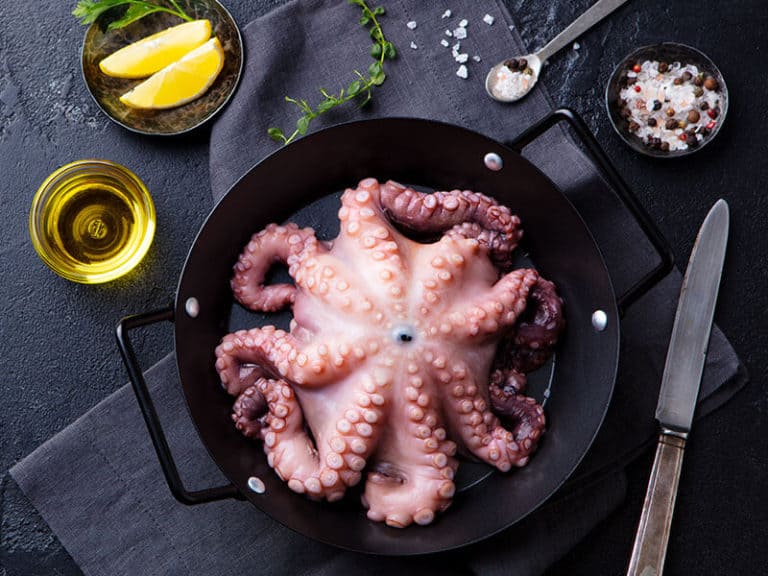

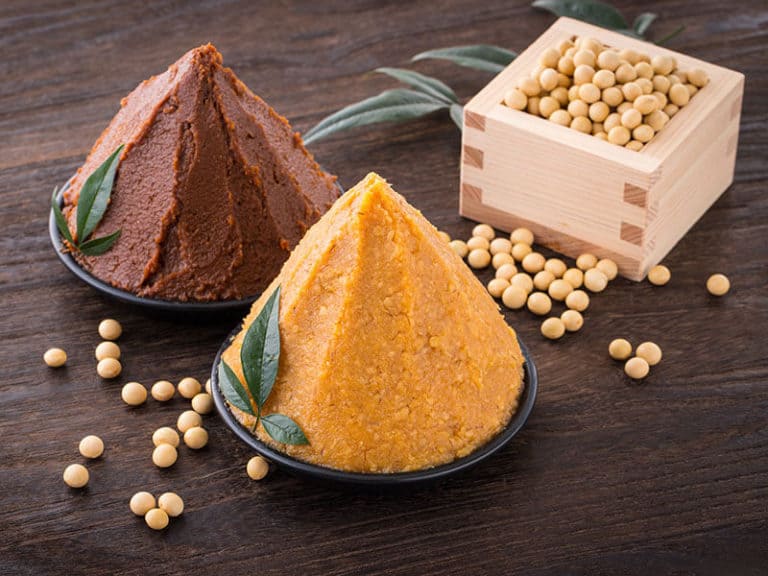

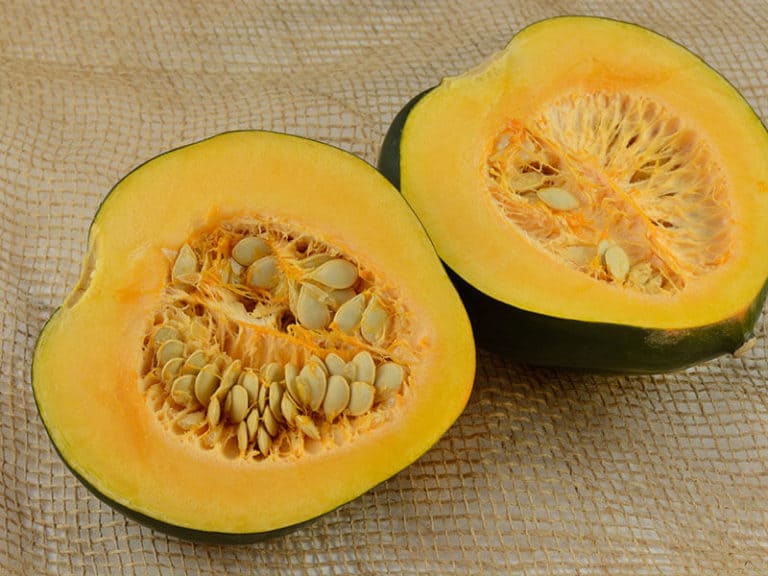
Amanda Collins
Founder and Senior Culinary Editor
Expertise
Culinary Arts and Management, Food Journalism and Critique, Recipe Development and Testing, Global Culinary Traditions, Sustainable Food Practices
Education
Institute of Culinary Education (ICE), New York, NY
Program: Diploma in Culinary Arts
Focus: Intensive hands-on training in culinary techniques, recipe development, and kitchen management, preparing students for professional roles in the culinary industry.
Monroe College, New Rochelle, NY
Program: Associate in Applied Science in Culinary Arts
Focus: Practical culinary skills, including cooking techniques, menu planning, and kitchen operations, with an emphasis on hands-on experience and industry standards.
Amanda Collins is a seasoned chef and food editor with a deep love for global flavors. Trained at the Institute of Culinary Education and Monroe College, and with over 15 years in the culinary field, Amanda has refined her skills in kitchens worldwide. Her background in food studies gives her a unique ability to share both recipes and the cultural stories that shape them.
As senior culinary editor at thebreslin.com, Amanda’s work brings authentic dishes to life, inviting readers to explore new flavors and techniques from around the globe. Her approachable style makes it easy for anyone to bring a bit of the world’s cuisine into their kitchen.